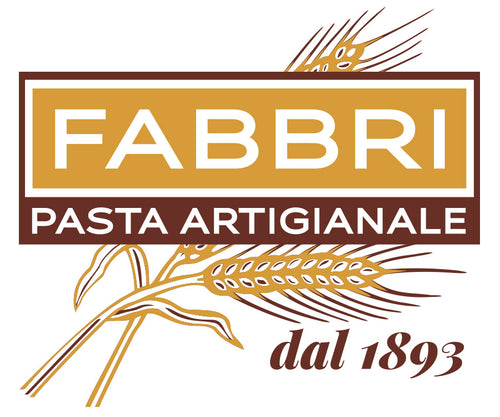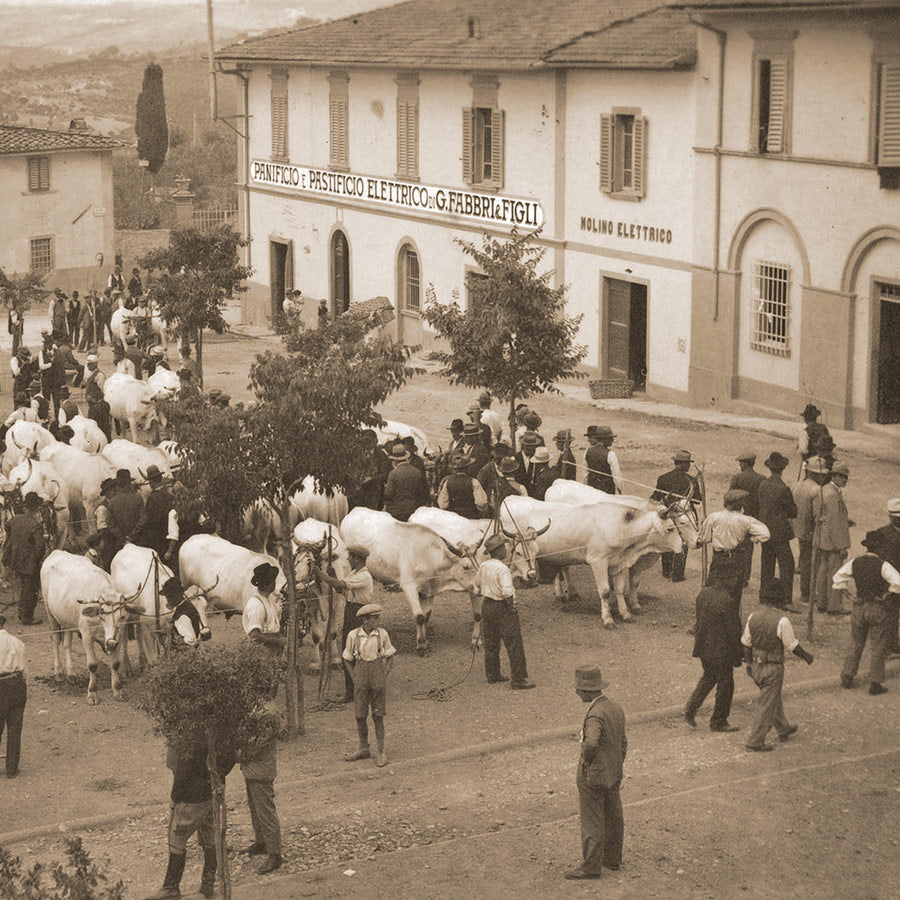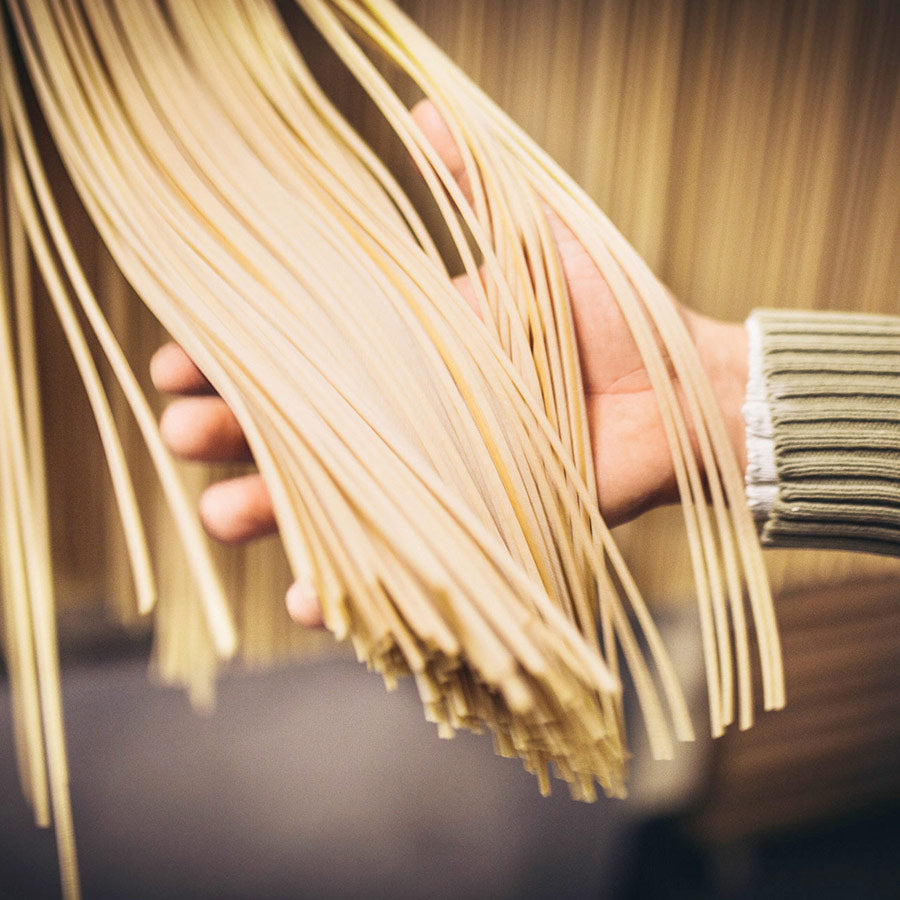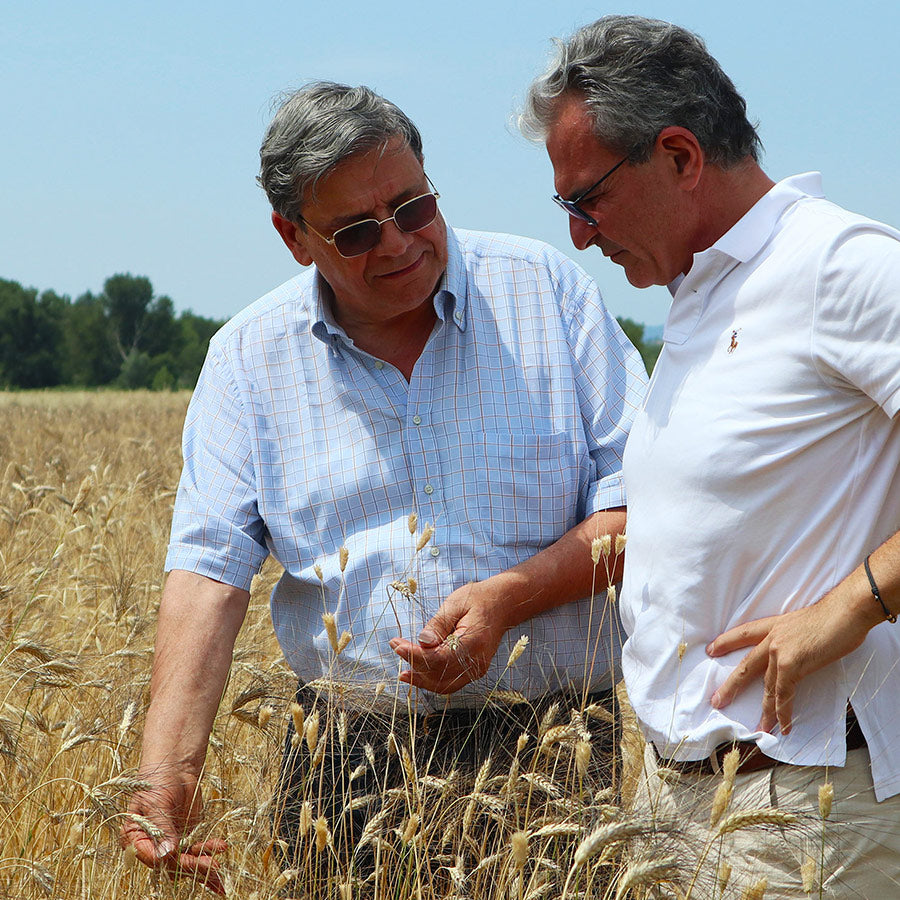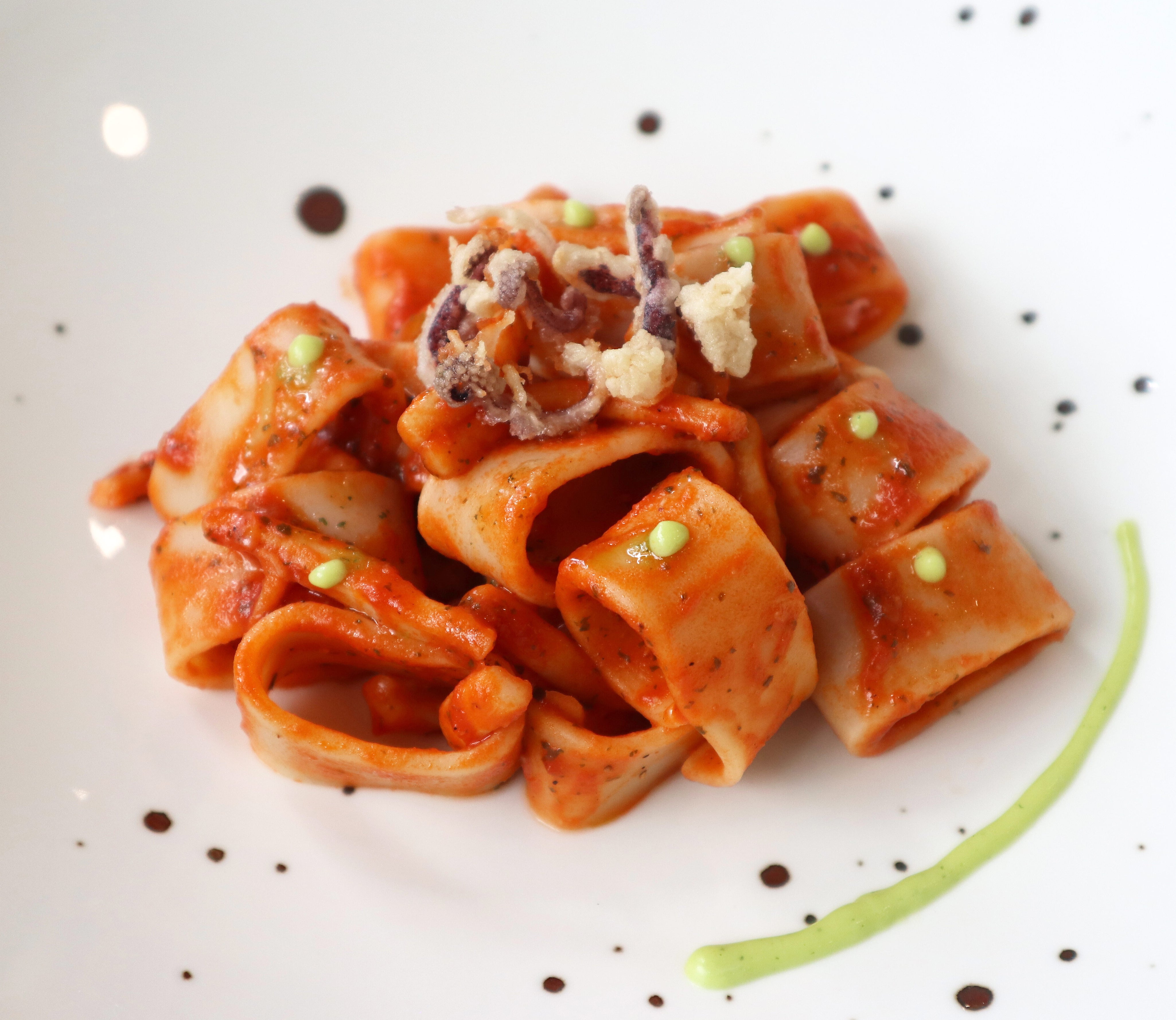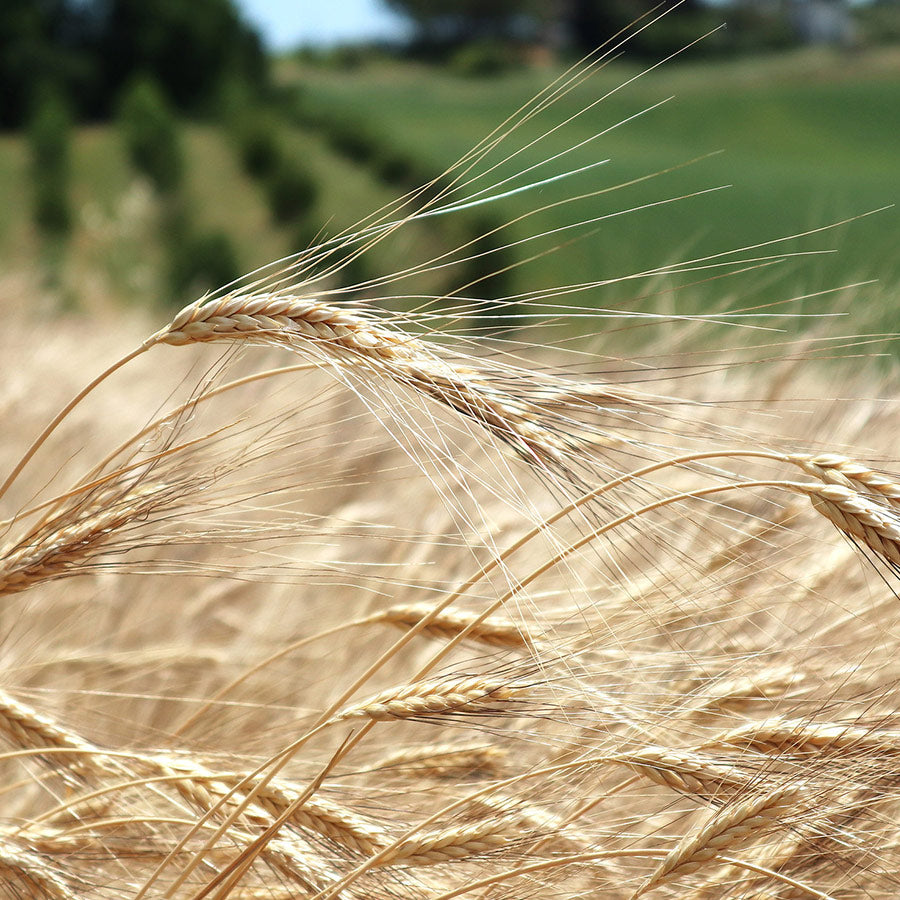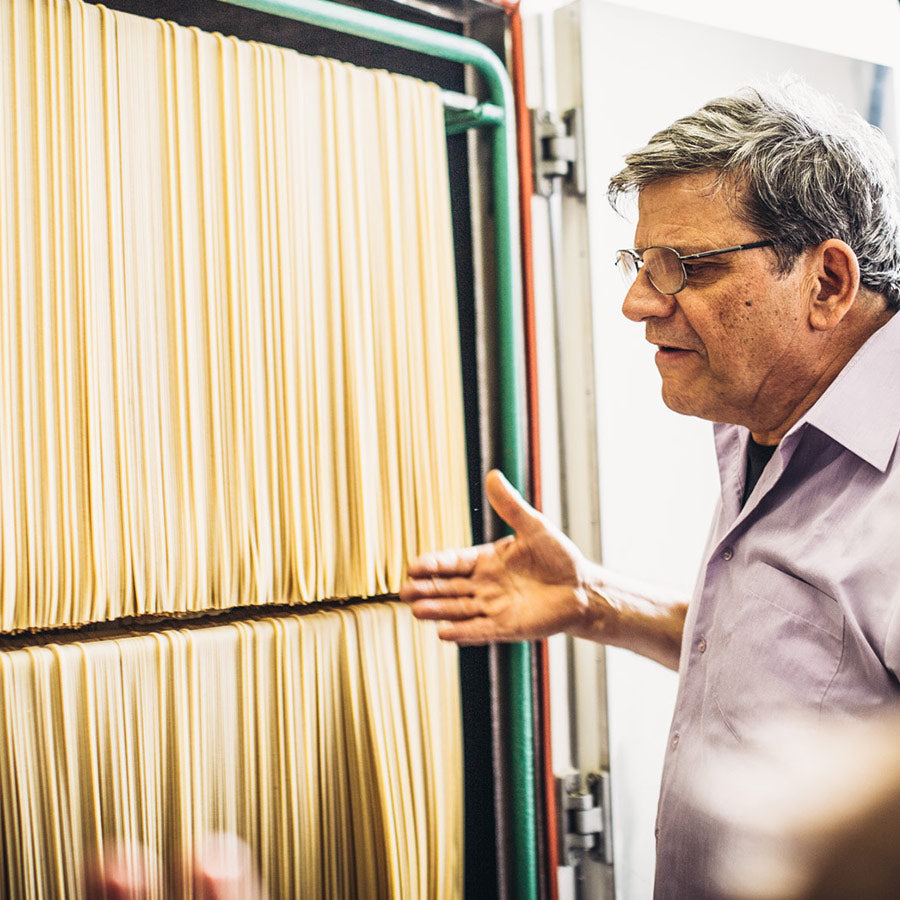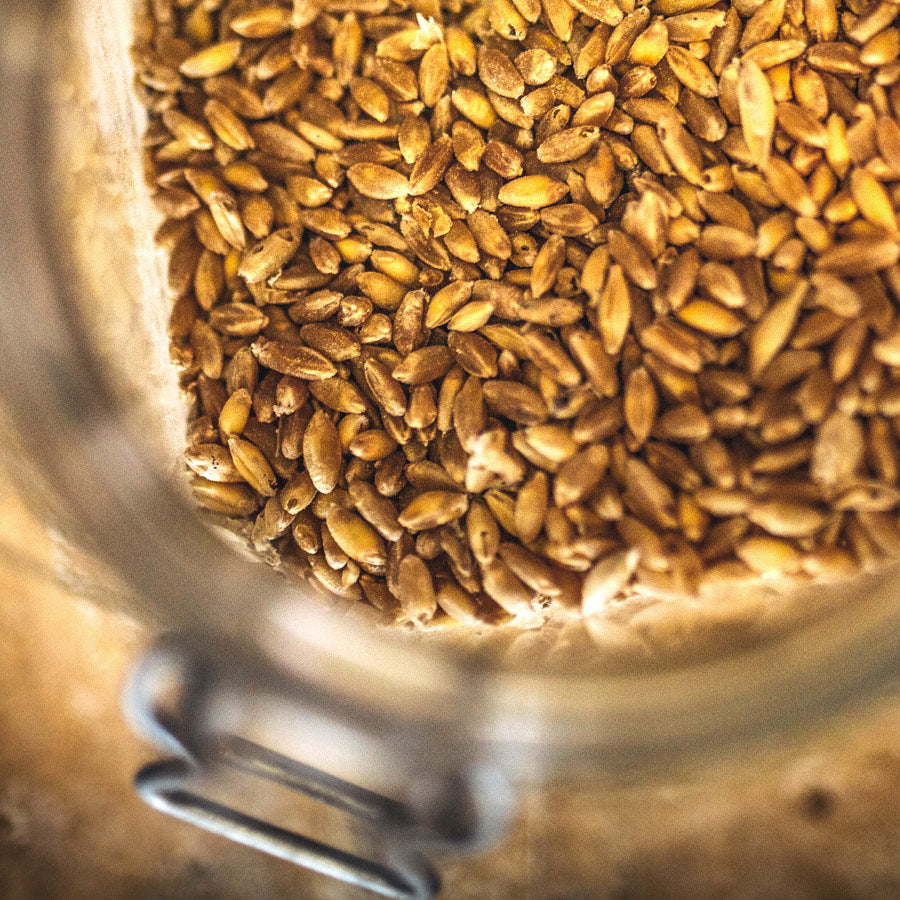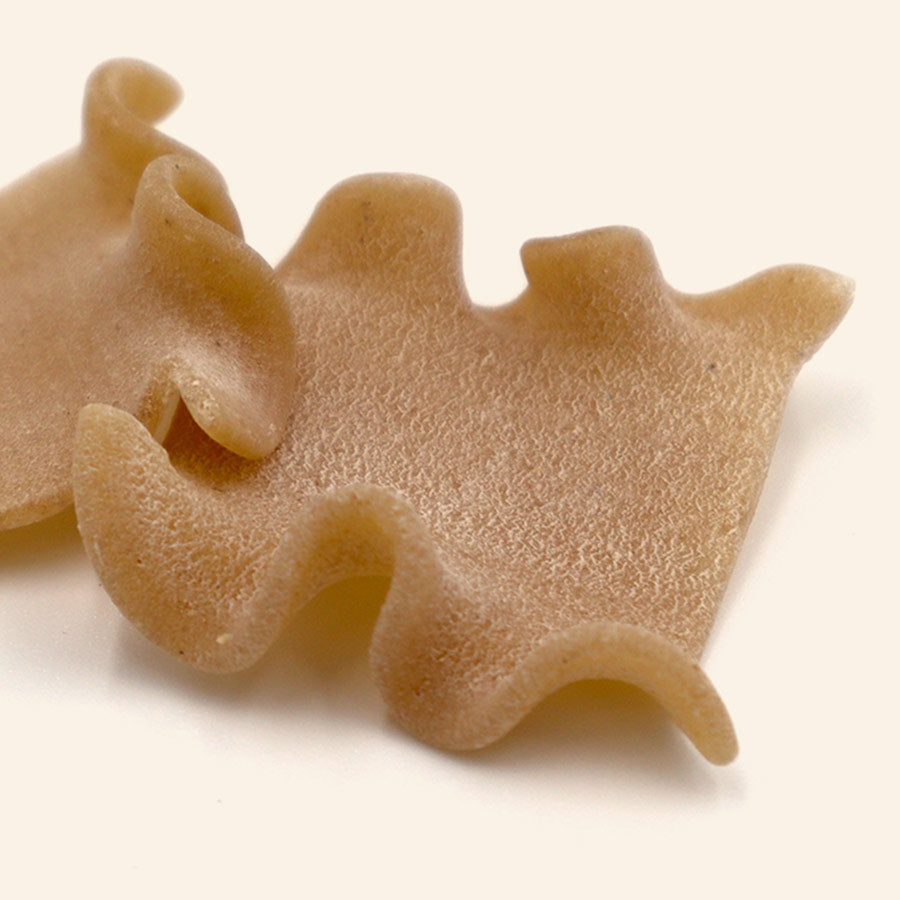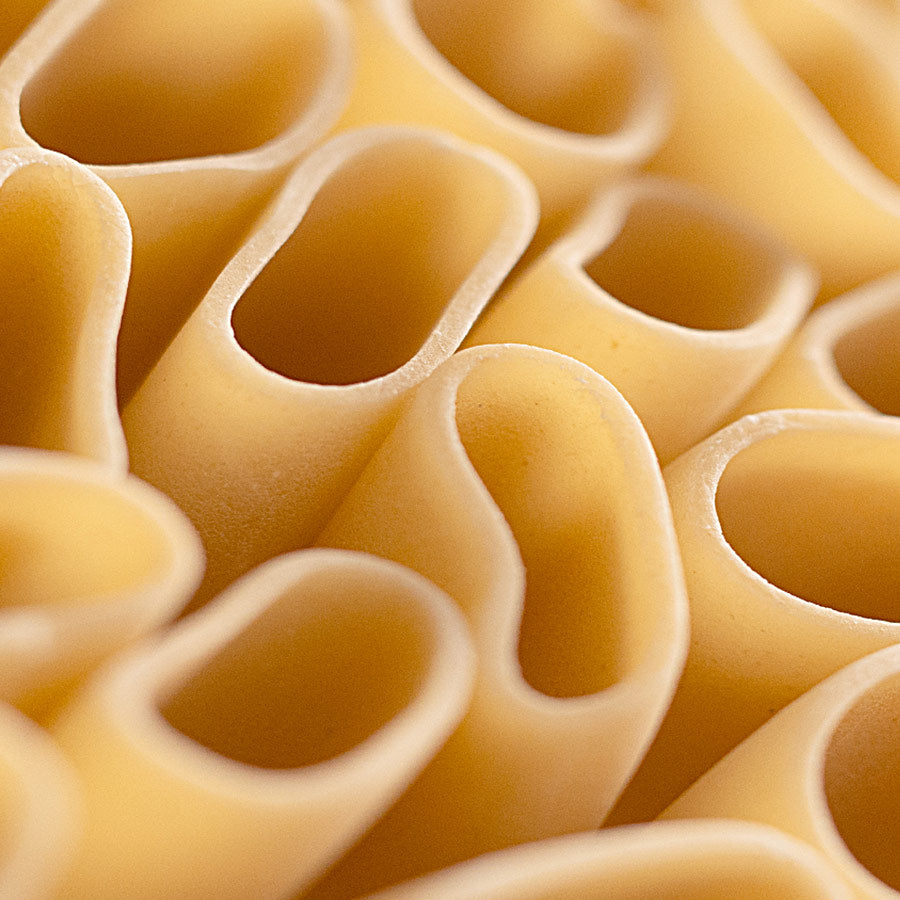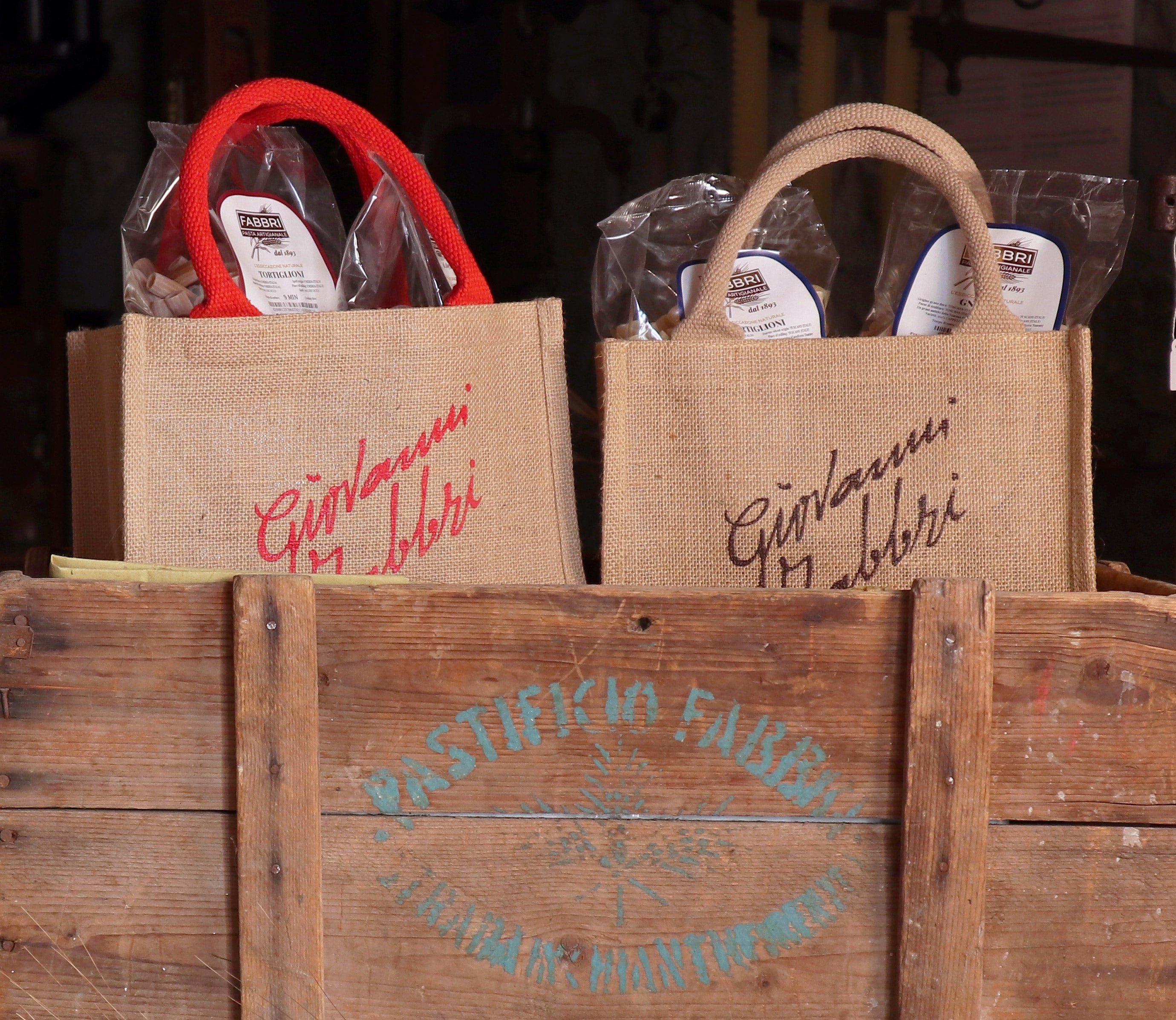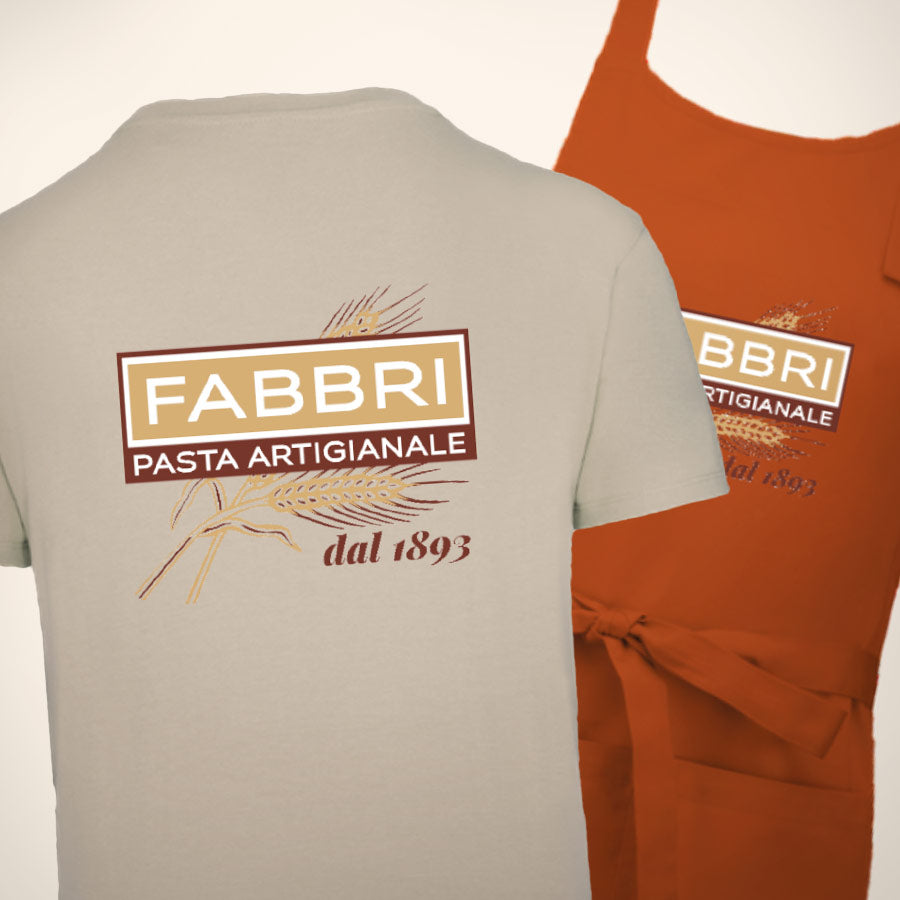Very slow drying:
from 3 to 6 days
The final stage of the production cycle, drying is a very delicate phase during which part of the initial water content is gradually removed.
In fact, it is crucial to avoid drying the exterior of the product too quickly; otherwise, the water might cause the pasta to crack as it escapes.
At Pastificio Fabbri, the pasta is placed in drying chambers for a period ranging from 3 to 6 days, depending on the different shapes, with temperatures strictly kept below 38°C. This is the only method, recognized by scientists, to keep the gluten and starches 'alive' in their natural state, thus facilitating digestibility.
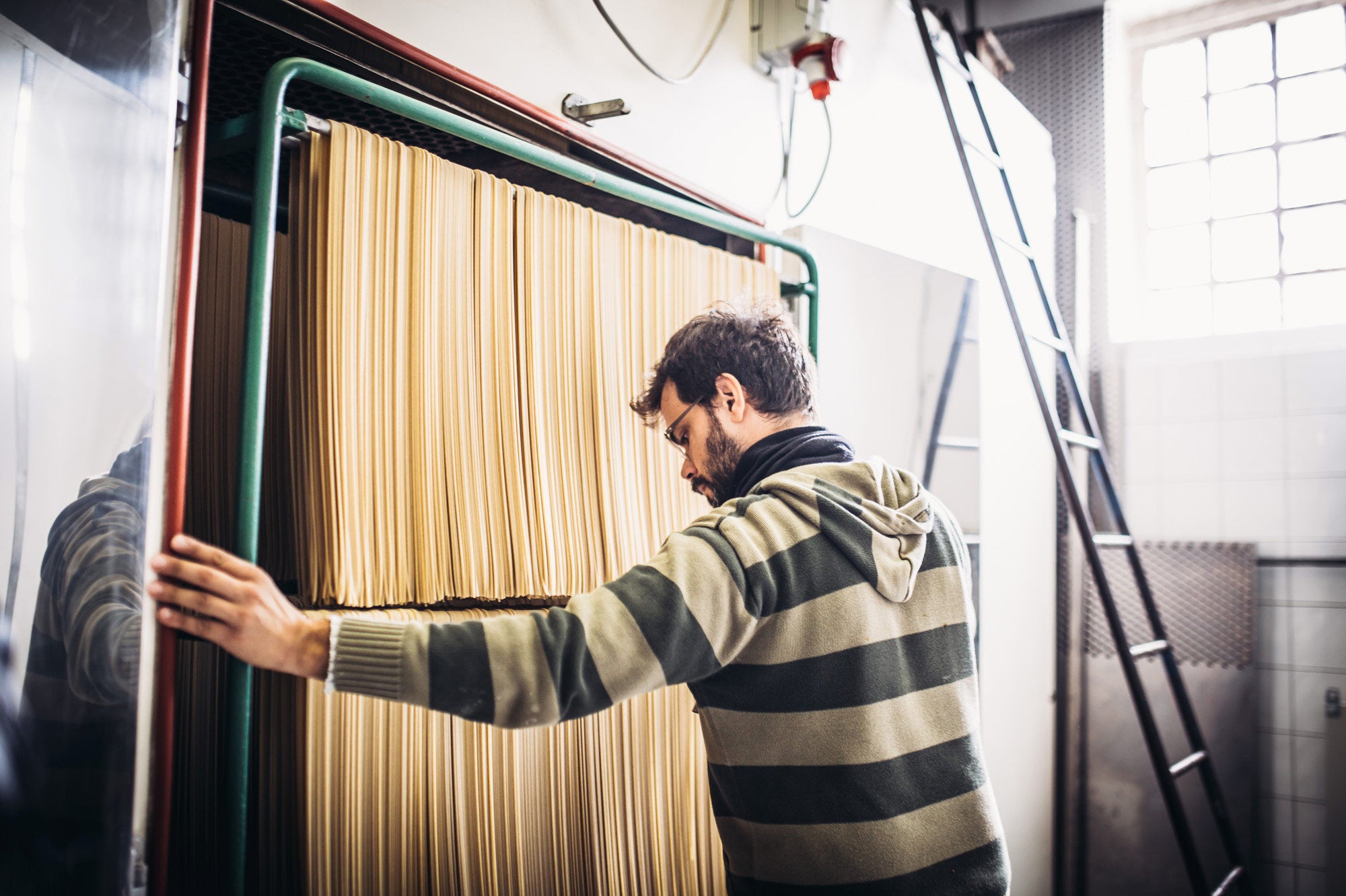
Drying as in the early 1900s
In our pasta factory, the temperatures and drying times have remained the same as in the early 20th century, with the advent of the thermo-mechanical dryer that reduced drying times to 3-6 days depending on the shape.
Until then, pasta was still dried outdoors, and the average drying times in summer were about 8 days for pasta factories on the Neapolitan coast and over a month for those in the North. Our oldest drying chamber, the 'Garbuio,' dates back to 1956 and was designed according to the standards of the early thermo-mechanical dryers. Based on the original design, our other 4 drying chambers were subsequently built.
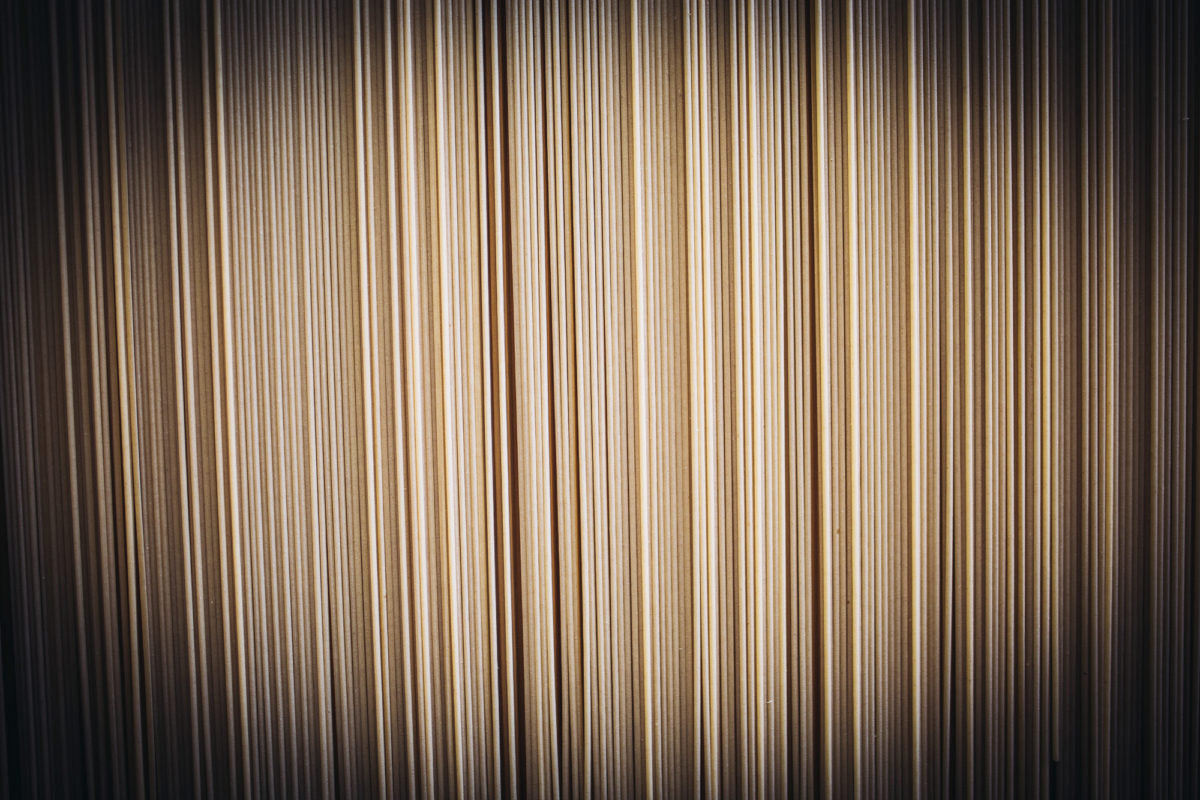
The Garbuio Method
This method relies on the action of two fans inside the chamber that direct the airflow to the right for about 30 minutes, and then reverse the flow to the left for another 30 minutes.
This method allows water to be gradually extracted from the pasta at a temperature below 38°C, without risking damage to its integrity and organoleptic qualities.
After the war, the average drying times were progressively shortened, enabling today's industrial pasta factories to dry pasta in just a few hours using temperatures above 100°C.The Fabbri drying method
Pasta Fabbri vs. high temperatures
According to the Maillard reaction, any protein subjected to temperatures above 38°C undergoes transformation and experiences thermal damage.
Indeed, the result of drying at low or high temperatures is immediately visible in the color: the higher the temperature, the more the pasta shifts from a natural straw-yellow to a burnt yellow. This process causes the pasta to lose its ability to absorb sauce because the gluten (composed of proteins) denatures. The pasta is essentially 'toasted' and dehydrated.
The Fabbri drying method, which takes place below 38°C, preserves the structure of the proteins. This results in a higher absorption capacity of the pasta, much better digestibility, and a cream-white color, exactly like that of gluten in its natural state.
It is precisely this drying method that gives our pasta its unique character: 'a living pasta that smells of wheat,' as Giovanni Fabbri often says.
